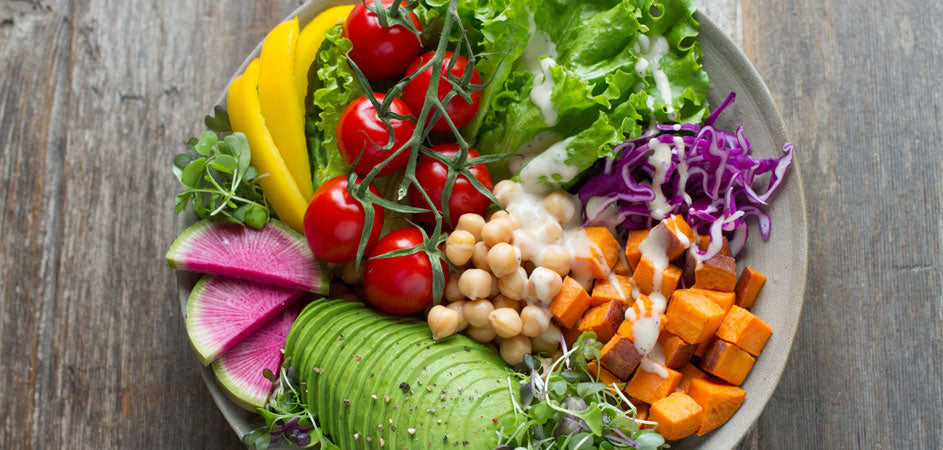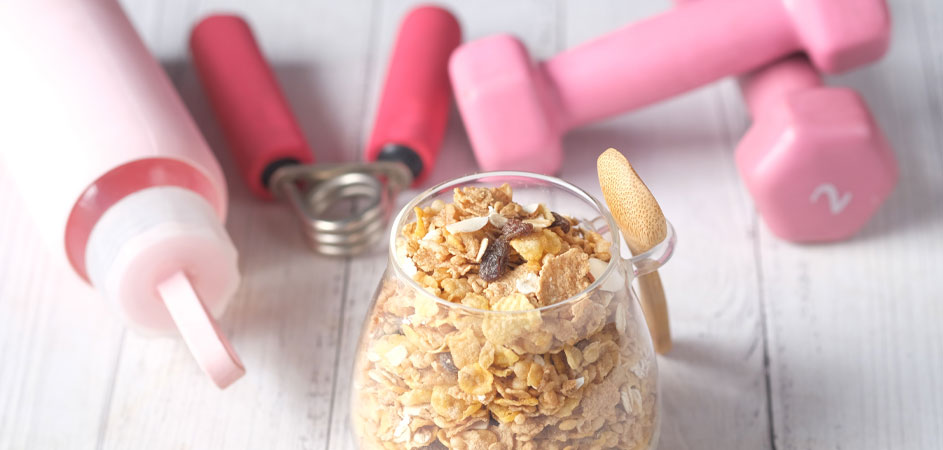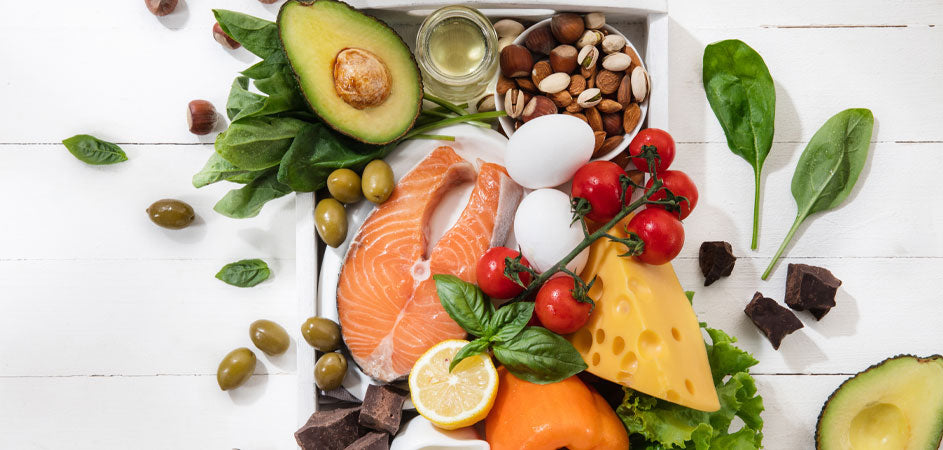Plant-based nutrition for your training success

Maximum training success with the right nutrition
That's what we all want: to get even more out of our training success with nutrition. But what can such a diet look like?
Anyone who has ever dealt with nutrition knows various diets, forms of nutrition or programs. Vegetarian, vegan, low-carb, Atkins, formula diets, Mediterranean, low-fat, LCHF, ketogenic, paleo, 16:8 or 5:2 fasting and much more. The best way to support your own training is a hybrid of all of these trends, i.e. that which combines or contains the advantages and excludes as many disadvantages as possible.
In general, the following applies at the beginning: It should always be the claim that you can endure this form of nutrition for decades without problems or deficiency symptoms. This makes the selection of the alternatives available today that you have to compare with each other much more manageable. That means concentrating on the big diets, i.e. the normal western mixed diet, Mediterranean diet, vegetarian & vegan and Paleo - supplemented by various options for macronutrient ratios.
Let's summarize the most important factors that are needed to achieve maximum success in training:
VITAMIN SUPPLY / NUTRIENT DENSITY
A good supply of vitamins / nutrient density per calorie quantity is obtained primarily from unprocessed vegetable products (vegetables, salad, fruit). Both cereals, especially processed ones, and meat are more suitable for this. Cereals in the "whole food" form (freshly ground) naturally contain vitamins and trace elements - but in terms of quantity they are far inferior to many types of vegetables and the often low absorption of vitamins in the intestine further reduces the positive effect.
Meat in processed form or in classic muscle meat (filet, neck steak, etc.) also contains hardly any significant amounts, the only exception being vitamin B12. Only innards, such as the liver, heart or kidneys are usually rich in vitamins and minerals, but often also with corresponding toxins and/or heavy metals. In conclusion, it is clear that when foods are ranked by vitamin and nutrient content, neither meat nor grains rank among the top ranks.
ANTIOXIDANT CONTENT
A high antioxidant content can be found in green leafy vegetables, in spices, unprocessed vegetables or green, cold-pressed olive oil. Grains and meat are both unhelpful here.
ACID-BASE BALANCE
For a balanced acid-base balance, you should avoid meat and almost all grain products, they are all metabolized to form acid. Green leafy vegetables, fruit - especially citrus fruits but also raisins and most types of vegetables - are also helpful here - so here too the basis is on wholesome plant products.
FIBER
Last but not least, let's take a look at the topic of dietary fiber. Meat simply has nothing to offer here and grain is only possible in the whole food form (fresh grain porridge, meal or germs) - all flours (including wholemeal flour and baked goods made from it) are largely made of dietary fiber freed.
The following applies to the optimal combination and your training: The basis of nutrition should consist of wholesome, unprocessed, plant-based products. A combination of a vegan diet and the Paleo diet is therefore ideal. But what does that mean exactly? We summarize:
PLANT BASED - UNPROCESSED - NO FEAR OF HEALTHY FAT!
With the following nutrition tips you can support your training perfectly and lay the foundation for a healthy and long-lasting diet:
- Eat primarily unprocessed, plant-oriented. Lots of veggies, prefer low-starchy veggies, don't overdo it on starchy veggies (potatoes, carrots, etc.) - Eat the Rainbow!
- Eat enough healthy fats, especially omega 3 fats, nuts, green olive oil, flaxseed & hemp oil, seeds, butter, ghee and coconut oil for frying.
- Include fruit in your diet, but don't overdo it on the sugary fruits, prefer berries.
- Use the variety of spices in this world and less salt. Taste the World!
- Avoid sugar, generally pay attention to low glycemic products (glycemic load) - adjust the glycemic load and the amount of carbohydrates to your activity level.
- If grains, prefer quinoa and amaranth or whole grains. Avoid flour and flour products. (Again, adjust the amount of carbs based on your goals and activity level)
- Consider meat and fish an occasional "luxury." Quantitatively, treat it as a “side dish,” not an entree. Follow the "nose to tail" approach and avoid processed meat, fish and sausages.
- Use legumes, beans, chickpeas (if you can tolerate them)
- Drink coffee in moderation, prefer tea and water, avoid soft drinks, fruit juices and alcohol.







